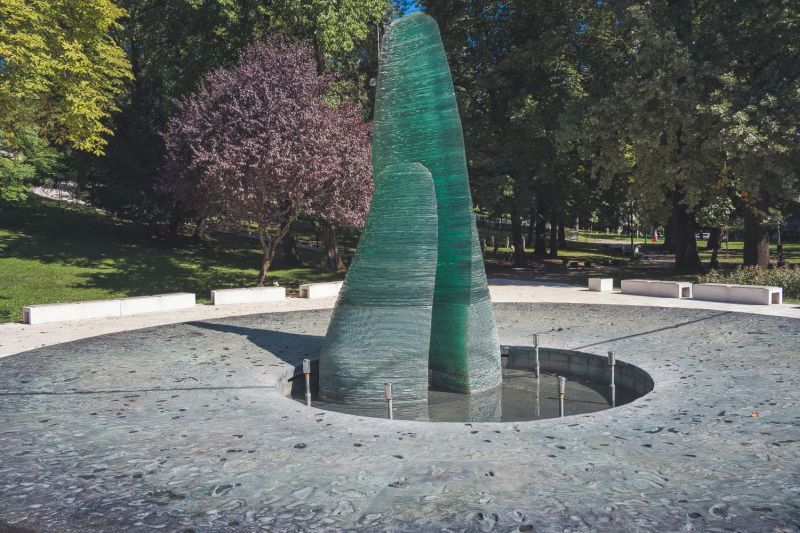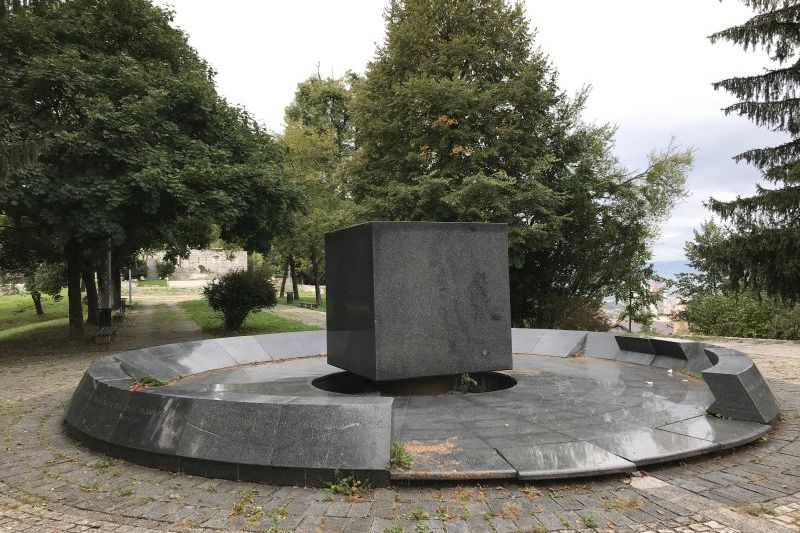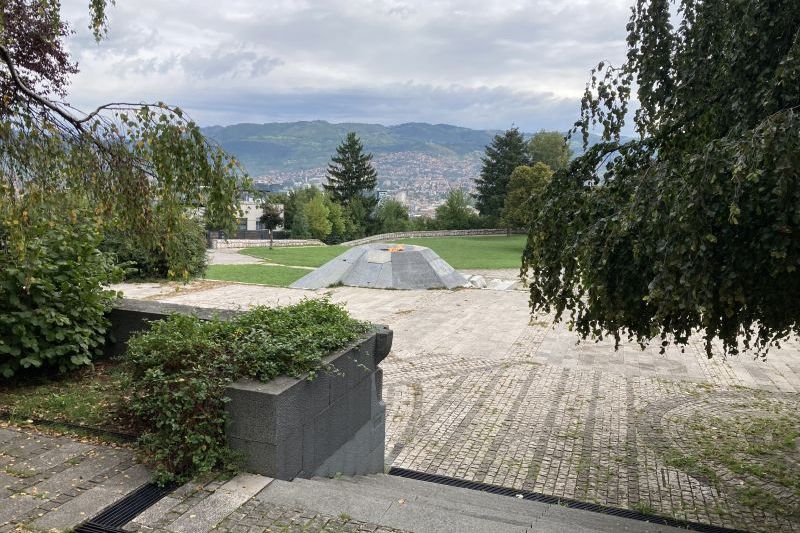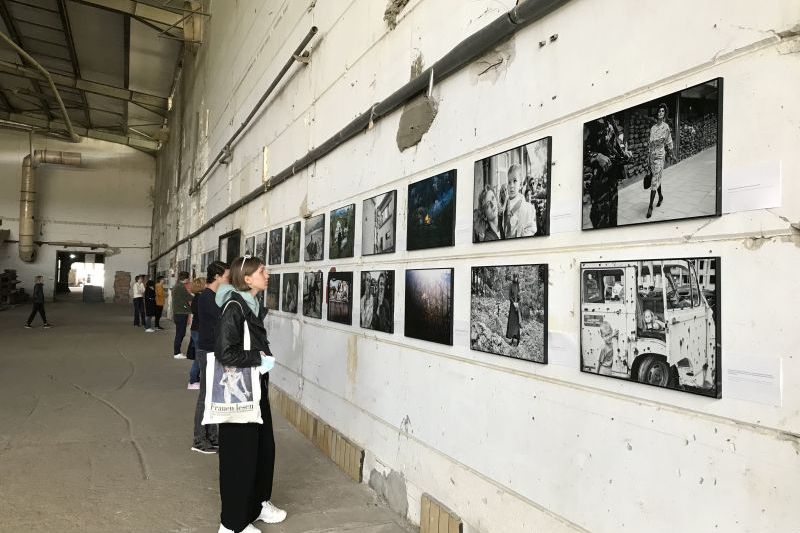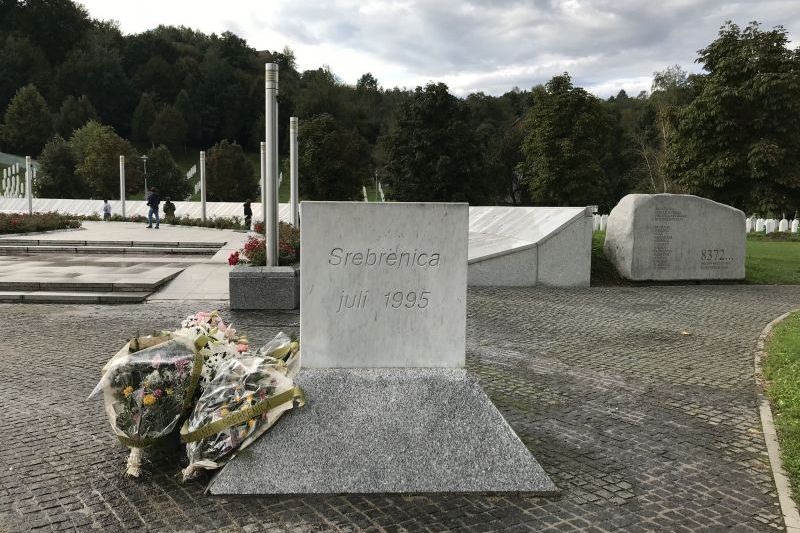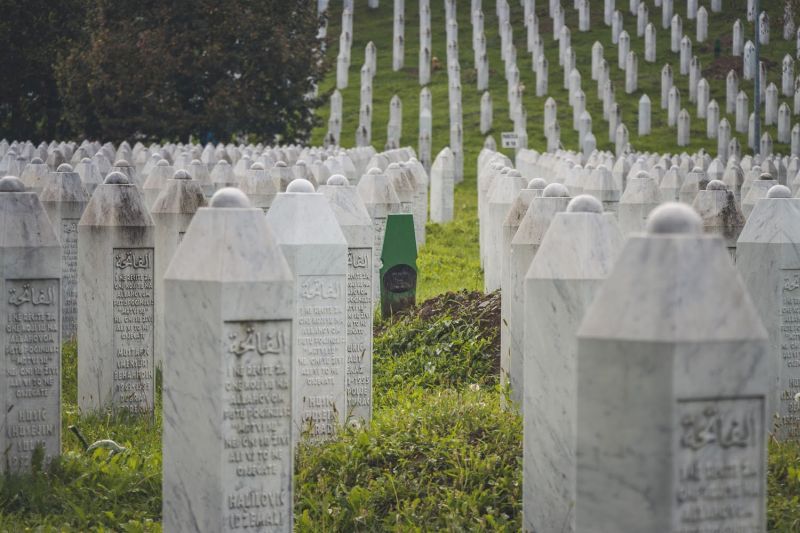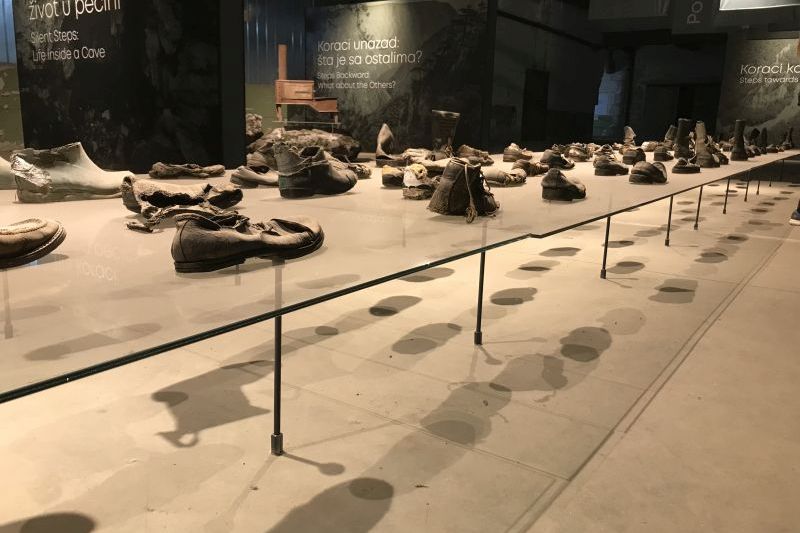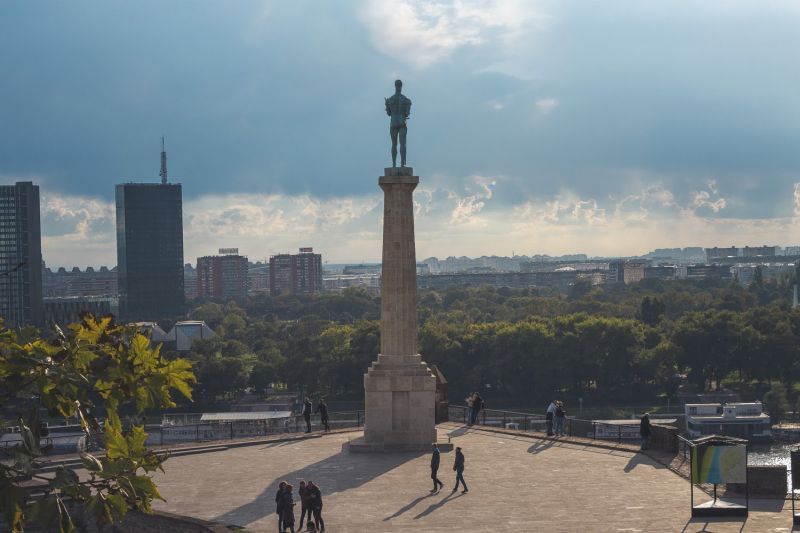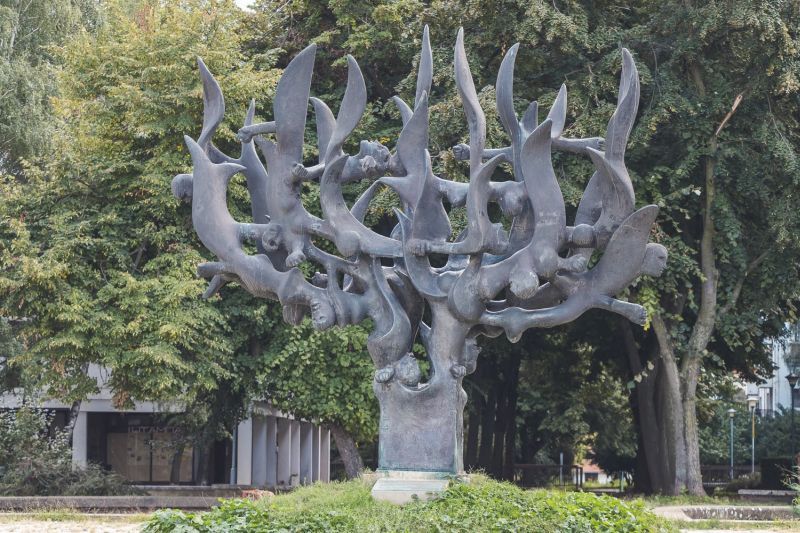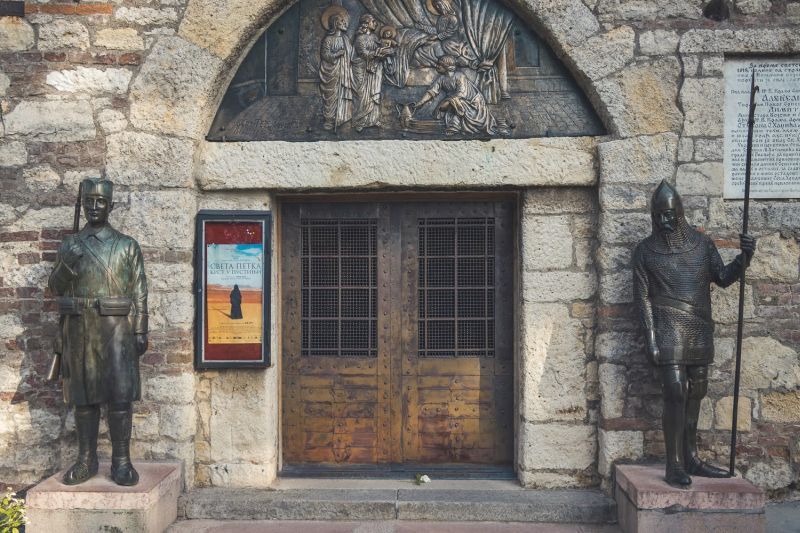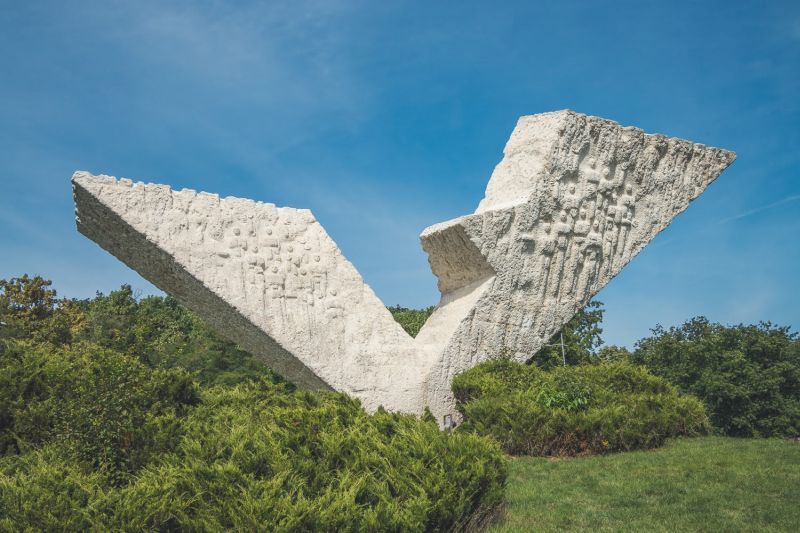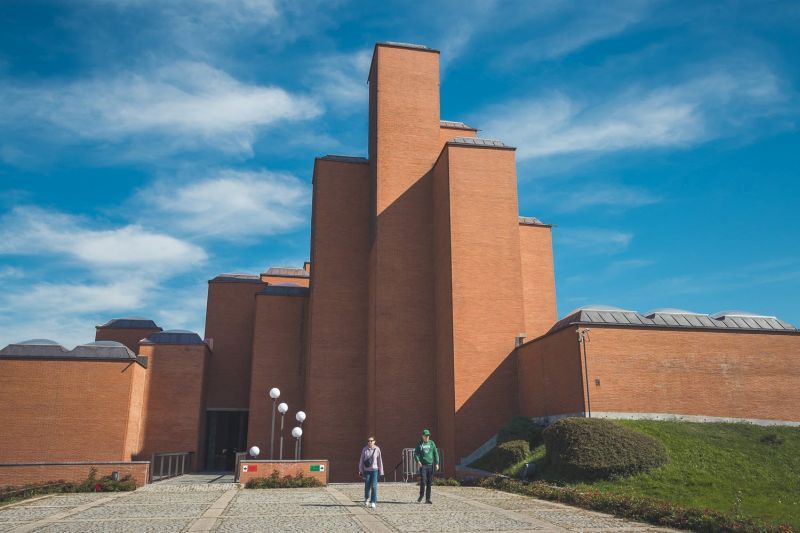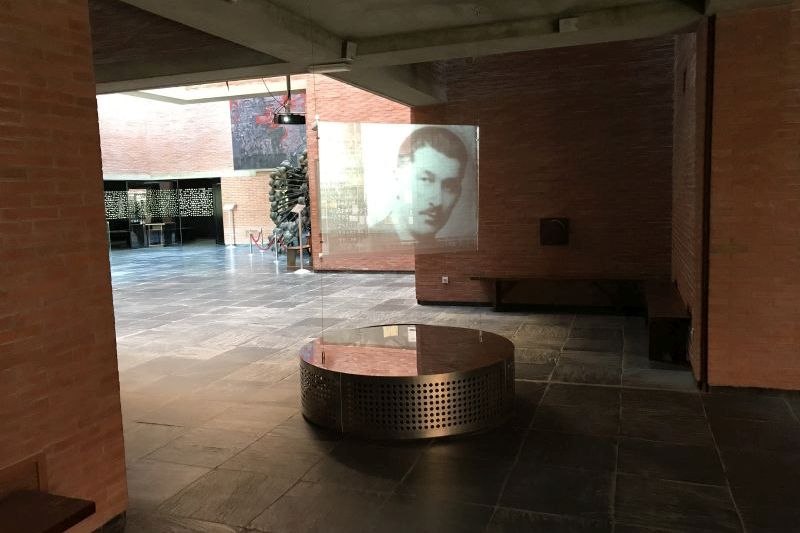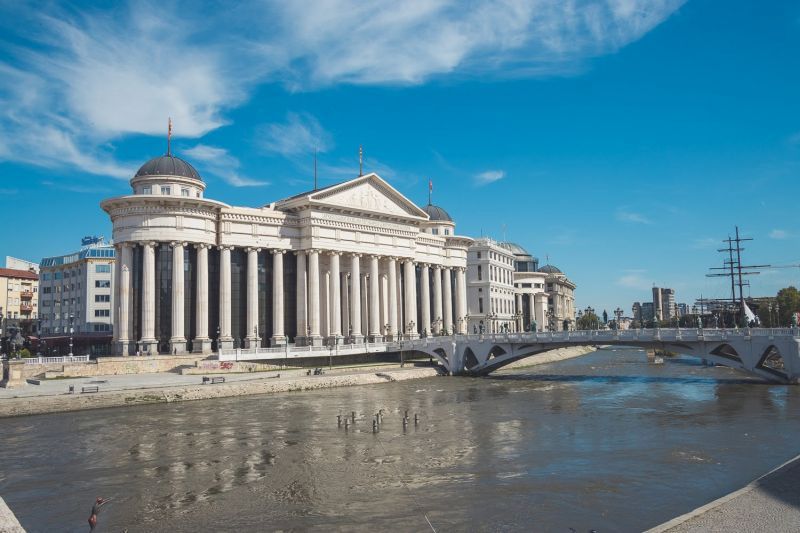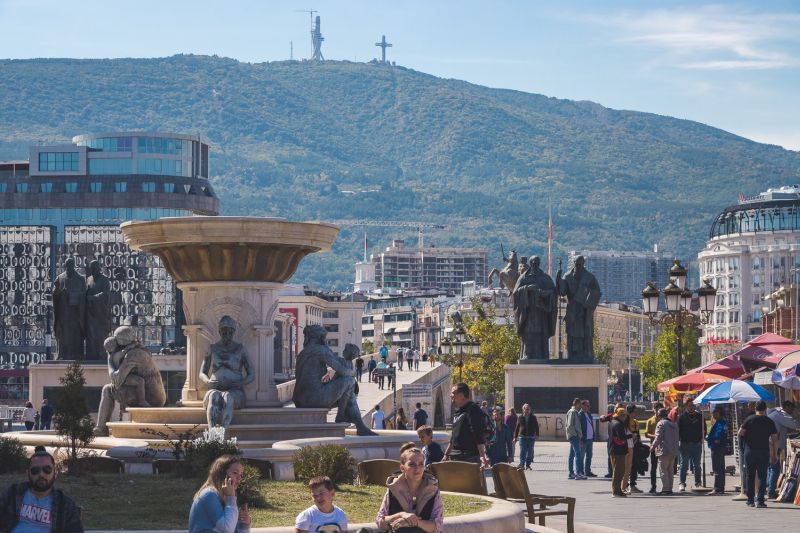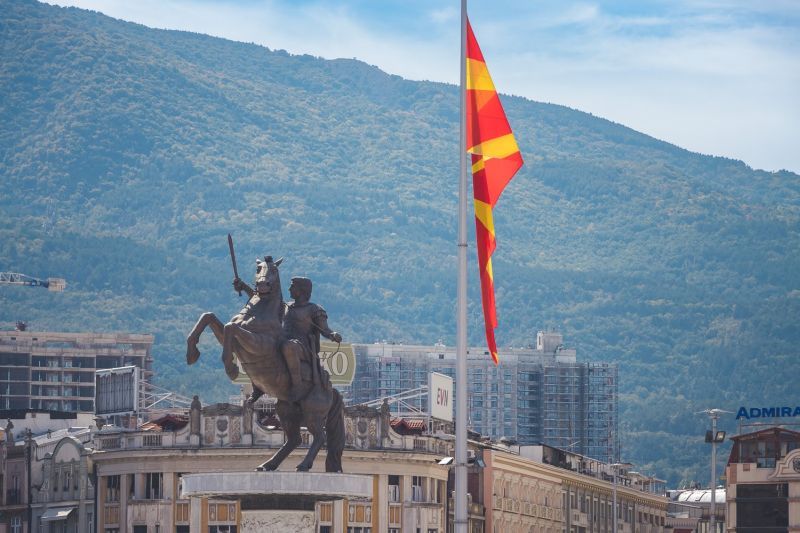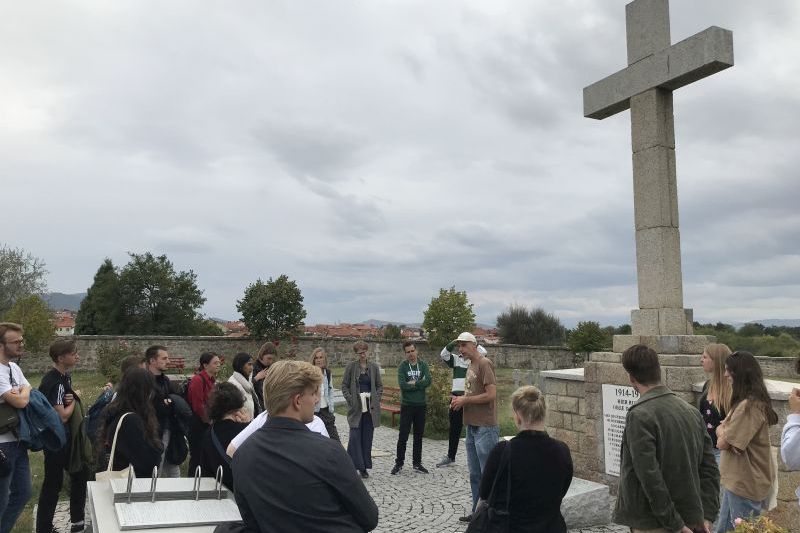Yellow Route
Are you interested in the history of the Balkans in the 20th century? Would you like to know how the two World Wars and the division of Europe affected this region? Do you want to know how competing remembrance shapes the societies of the peninsula to this day? The Yellow Route takes you through a large part of the Balkans where you will also learn about the disintegration of Yugoslavia and the associated wars.
Creator: PEACE LINE
SARAJEVO
In the capital of Bosnia and Herzegovina, you will meet your fellow travellers in a preparatory workshop and familiarise yourself with the topics of the route. In Sarajevo, you’ll be at the place where an assassination attempt caused World War I. But World War II and the Bosnian War also had a great impact on this city as you will learn on site. After several days, you’ll leave the city heading east.
SREBRENICA
You’ll visit the site of the first genocide on European soil since World War II. The Potočari memorial and cemetery will leave you with a very moving impression of this atrocity, the evaluation of which is disputed, especially in the Balkans. Only a few kilometres away from Srebrenica, a completely different interpretation is common. You will deal with the ambivalent perception of this event and explore its significance for the societies of the Balkans.
Creator: PEACE LINE
Creator: PEACE LINE
BELGRADE
From Srebrenica, the journey takes you to Serbia and to its capital. In a visit to the former concentration camp Sajmište, you will learn that the systematic murder of Jews and Roma by the Nazis took place not only in the extermination camps in occupied Poland but also in the Balkans. After World War II, Belgrade was declared the capital of socialist Yugoslavia, which is why you will learn about its history and Belgrade’s connection to its head of state Josip Broz Tito.
KRAGUJEVAC
Not far from Belgrade, you can explore the Šumarice Memorial Park with its monuments and the 21 October Museum. The park is dedicated to the civilian victims of a massacre committed by the German Wehrmacht in October 1941 with the involvement of Serbian volunteer corps. The commanding German general in Serbia had ordered this atrocity in retaliation for the killing of German soldiers by insurgent Serbs. In Kragujevac, you’ll learn about the resistance movements in occupied Yugoslavia and how they related to each other.
Creator: PEACE LINE
Creator: PEACE LINE
SKOPJE
After the longest drive of this route, you will arrive in Skopje where we will take a look at the cityscape. The antiquisation carried out as part of the project “Skopje 2014” with numerous monuments to Alexander the Great and other ancient figures invite us to engage with hero cults and the question of the national identity of North Macedonia. In Skopje we also deal with the deportation of Macedonian Jews by Nazi Germany and Tsarist Bulgaria.
PRILEP
Did you know that one of the front lines of World War I passed through North Macedonia, the Salonika Front? To bury the dead, a German military cemetery was built in Prilep during the war. In addition to the thousands of German soldiers, hundreds of soldiers from nations allied with Germany were also buried. You will visit this cemetery and also learn about the history of Prilep as a centre of partisan fighters during World War II.
Creator: PEACE LINE
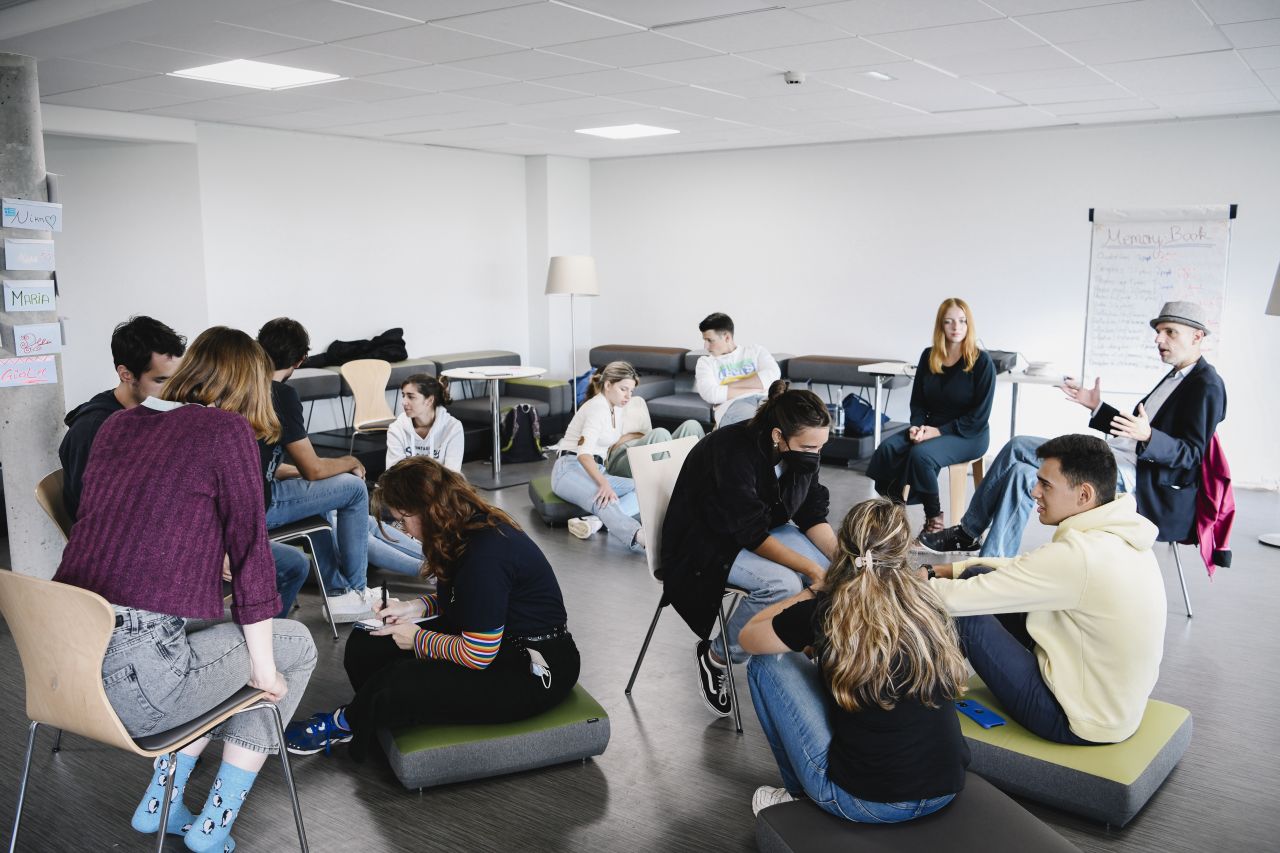
Creator: PEACE LINE
SKOPJE
You’ll complete your journey with a drive back to Skopje where you’ll have plenty of time to reflect on everything you’ve seen and experienced. A concludig workshop gives you the necessary framework for this and also enables you to have a particularly intensive exchange with the other participants.
The Yellow Route
The Yellow Route takes you to a region of Europe whose history is often not sufficiently appreciated in historical presentations about European conflicts.
For 14 days, you will travel this route together with about 30 young people from all over Europe. Most of the journey will be done by a tour bus.
So come along and travel to the exciting Balkans to learn many new things and share your stories and perspectives!
Become a Peace Ambassador
Learn together about the historical events of these places and about the different existing perspectives that show how the same events are told in different stories.

